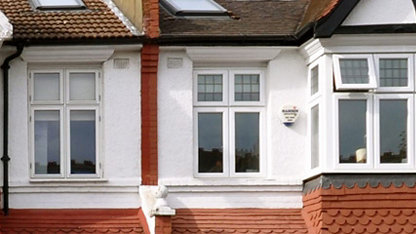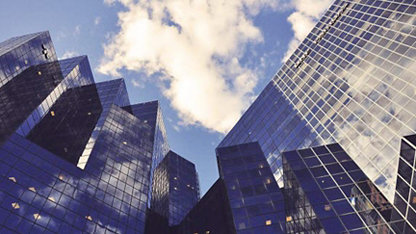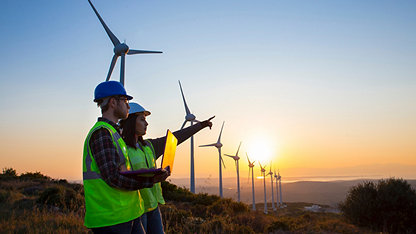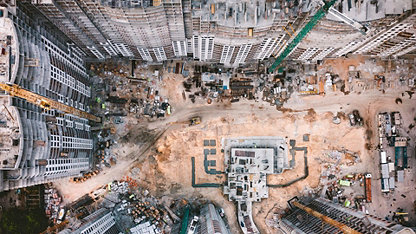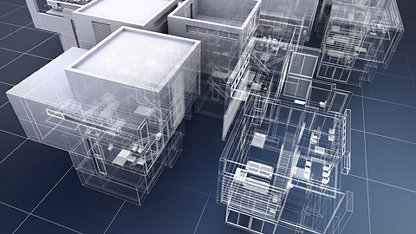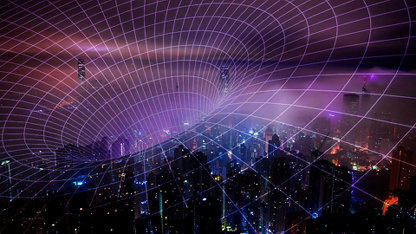It has been nearly 40 years since the first intelligent building was named. The City Place Building in Connecticut USA was a world-first at the time, ushering in a new era driven by the incorporation of technology in day-to-day living and a desire for improved infrastructure.
Using in-built technology, smart buildings are designed to enhance occupier experience. Depending on how available technology is applied, these buildings can improve health and safety aspects, support efficient energy management, and allow flexibility in how structures are managed and maintained. This has been particularly relevant during the global pandemic by allowing employers to manage sites effectively in terms of provisions and people numbers, and in allowing employees to access work autonomously. Smart buildings internally self-service and actively communicate with elements outside their walls to interact with environmental conditions and societies.
Building & energy consumption management
Parallel to the development of smart buildings there has been a growth in focus on national and global sustainability targets. Building construction and operations account for 36% of global final energy use and nearly 40% of energy-related carbon dioxide emissions, leading to a focus on applying greener technologies within the built environment. Around the world there are various schemes designed to encourage greener, energy efficient approaches such as green finance schemes and energy efficient measures.
One of the global forerunners in smart building development is Singapore. In 2014 they launched the Smart Nation initiative, developing buildings and infrastructure to be energy efficient and sustainably smart for the future. With the government investing SGD$2.4 billion into the Smart nation initiative, the commitment to a sustainable future is clear.
In addition to the Smart nation initiative, the government has also introduced a Green Mark Scheme. Within this, buildings are given a traffic-light code that corresponds to their environmental-friendliness. With a target of 80% of buildings to be certified as green under this scheme by 2030, the journey to smart living is well underway.
By applying the available technology, Singapore has developed a more sustainable, globe-friendly approach that is also economically savvy. Buildings there are responsible for half of the country’s electricity consumption, making energy consumption one of the key focuses in intelligent buildings and Singapore one of the key models for improvement in this area.
Benefits of being smart
Buildings that are energy efficient have many benefits. They offer a more autonomous experience for end-users and provide efficient data to all stakeholders. With IoT sensors monitoring occupancy and reacting accordingly, a connected smart building can automatically respond to occupancy changes by turning off lights and adjusting HVAC systems to reduce consumption, accurately controlling how and where a building should manage its energy.
Smart building technology can directly improve how sustainably we can build, work and live. Increasingly, governments and industries are evaluating their practices and seeking new ways to be both economical and environmentally friendly, propelled by closer facilities management control, sustainability and health and safety goals. Evolving and complex, there is much to be discussed in this area.
The RICS Smart Buildings Conference offers:
- smart buildings and the return to work
- proactive energy management
- cyber security, anonymity and data regulation
Taking place on 2 and 3 November,




